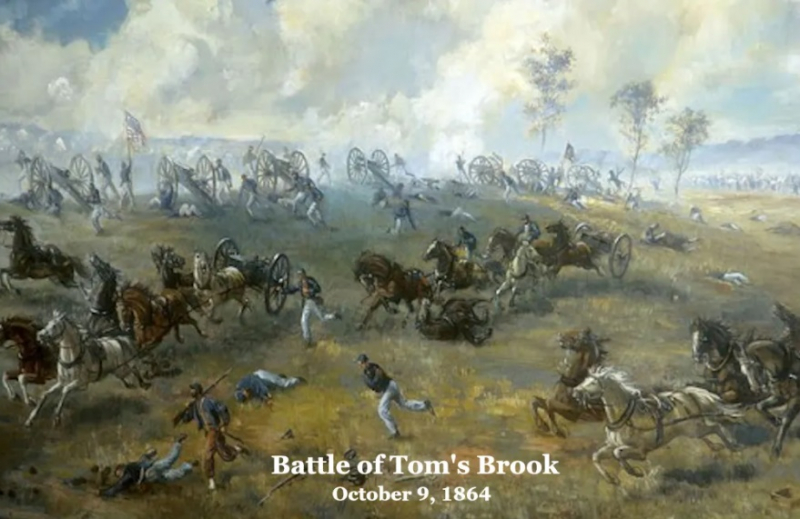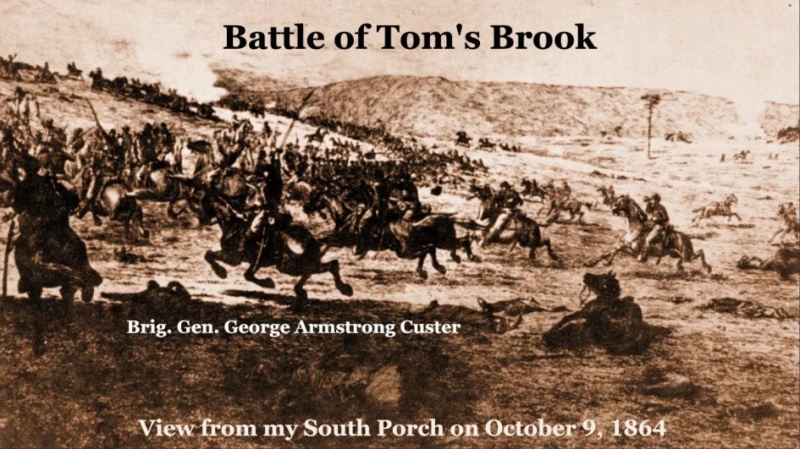Tom's Brook came from Sheridan's wish to put an end to Confederate harassment of his Shenandoah Valley burning campaign
One of the most interesting facts about the battle of Tom's Hook we compiled for you is that Tom's Brook came from Sheridan's wish to put an end to Confederate harassment of his Shenandoah Valley burning campaign. Early's withdrawal from Strasburg opened the way for Sheridan's scorched earth onslaught in the central Shenandoah Valley. Sheridan spent the following few weeks carrying out Grant's order to destroy the valley. Phil Sheridan launched his devastation campaign in the Shenandoah Valley on October 5, 1864. Sheridan had ordered his cavalry to fire and destroy mills, barns, and other agricultural supplies in their control, determined to eliminate the agricultural potential of the Shenandoah Valley once and for all. Sheridan stated that during "The Burning," he slaughtered thousands of sheep, hogs, and cattle and burnt 2,000 barns packed with wheat, hay, and farming instruments and over seventy mills filled with flour and wheat. Historian William Miller wrote: "the emotional impact of The Burning on Rosser and his men cannot be overestimated". Many Confederate horsemen were from the Shenandoah Valley and were outraged at the destruction of their farms and homesteads.
Confederate cavalry had been fighting Union detachments relentlessly in order to stop the destruction. This constant harassment of Union operations enraged Phil Sheridan, who eventually authorized an offensive to drive off the Confederate cavalry. This command resulted in the Battle of Tom's Brook.





